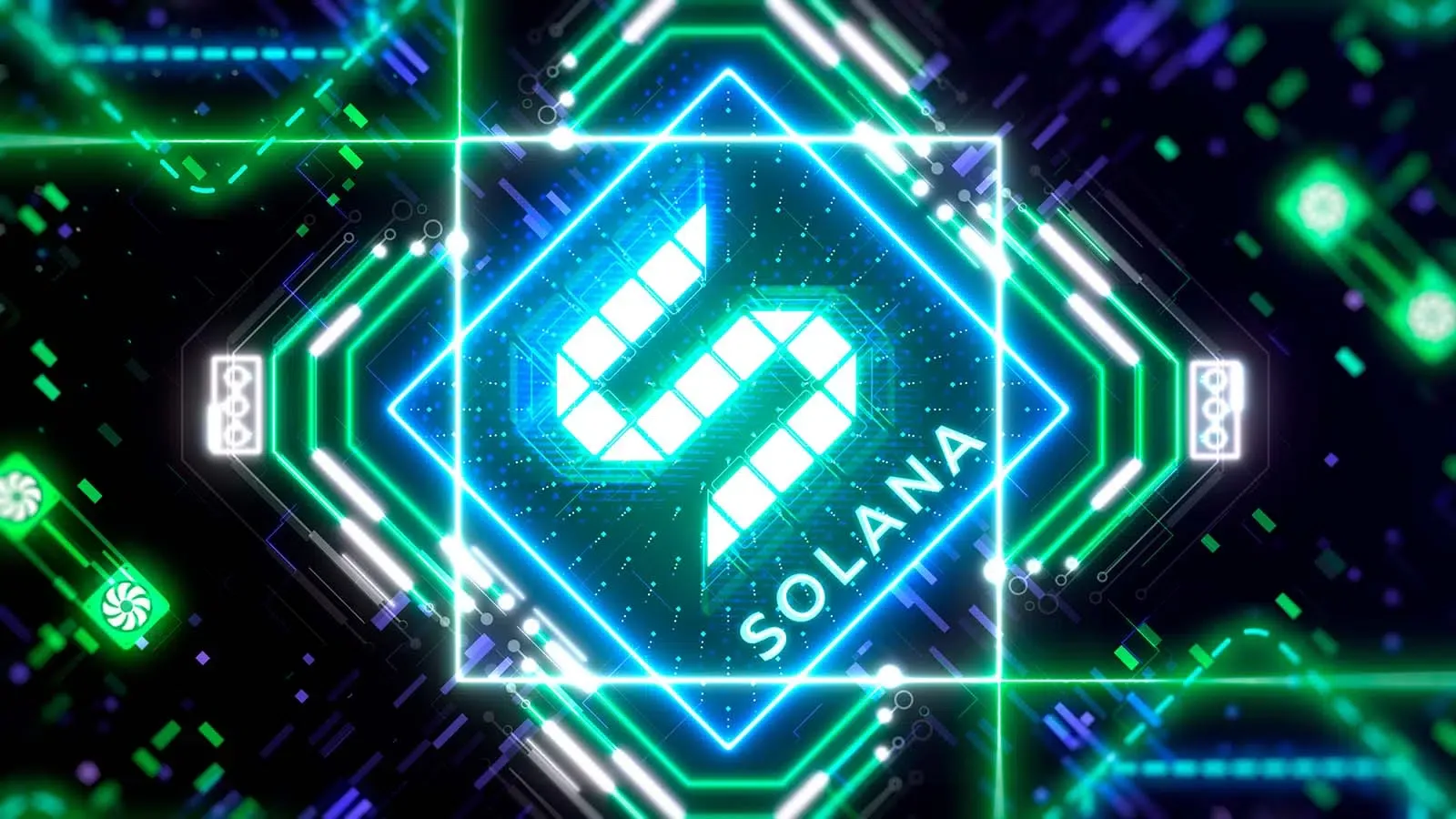Solana Stakeholders Vote to Cut New Token Creation by 66% to Reduce Inflation Growth

The Solana network is on the cusp of a significant shift as its stakeholders vote on a proposal to drastically cut the creation of new SOL tokens. Known as Solana Improvement Document 228 or SIMD-0228, this measure aims to reduce the staking rewards tied to the total amount of staked tokens, effectively slashing the issuance of new SOL by two-thirds.
Alongside this reduction, the proposal includes a plan to lower the blockchain’s emissions by 15% annually until it reaches a steady inflation rate of 1.5%. As of now, the vote appears poised to succeed, with over 25% of staked SOL participating and 17% supporting the change. This development reflects growing concerns in the cryptocurrency space about sustainability and economic balance, issues that extend beyond Solana to other major blockchains.
The debate around SIMD-0228 centers on Solana’s current tokenomics. With an annual inflation rate of 4.5%, the network generates approximately $3.5 billion in new tokens each year, based on the current price of $127 per SOL. Supporters of the proposal, including Solana-focused company Helius, argue that this level of issuance is excessive.
They suggest that the constant influx of new tokens exerts persistent downward pressure on SOL’s price, a concern echoed by developers and investors who see scarcity as a path to long-term value stability. By reducing emissions, proponents believe Solana can align its token supply more closely with the network’s operational needs, potentially benefiting its $113 billion decentralized finance ecosystem.
Stay In The Loop and Never Miss Important Crypto News
Sign up and be the first to know when we publishBalancing Rewards and Network Security
Not everyone agrees with this approach. Critics within the Solana community caution that cutting staking rewards could undermine the profitability of running validators, the nodes responsible for securing transactions on the blockchain. If maintaining a validator becomes less financially viable, some operators might shut down, potentially reducing the network’s decentralization.
This tension highlights a broader challenge facing proof-of-stake blockchains like Solana and Ethereum, where the incentives for validators must be carefully balanced against the fees users pay to interact with the network. Too few rewards could weaken security, while overly generous emissions might dilute token value and deter investment.
This issue is not unique to Solana. Ethereum, for instance, has faced similar scrutiny over its tokenomics in the past. For nearly a year, the network has distributed more ETH to stakers than users have burned through transaction fees, tipping it into inflationary territory. Ethereum developers are now exploring proposals to cap staking rewards, mirroring Solana’s efforts to refine its model. Both networks underpin a massive decentralized finance landscape, and their ability to strike this balance could influence their competitiveness in the evolving crypto market.
As the SIMD-0228 vote progresses, Solana’s community is weighing short-term trade-offs against long-term goals. The proposal’s supporters see it as a step toward a leaner, more sustainable blockchain, while detractors worry about its impact on the network’s backbone. With the decision nearing, the outcome could set a precedent for how Solana and other platforms manage token supply in an industry increasingly focused on efficiency and resilience. For now, the process underscores the complexities of governing a decentralized system where economic incentives and network health are deeply intertwined.

